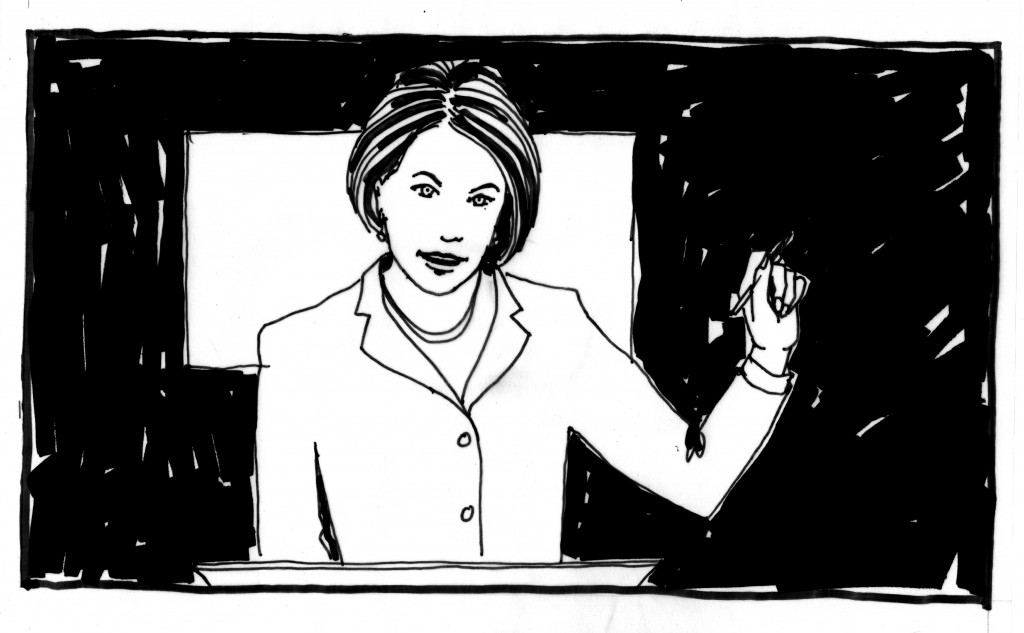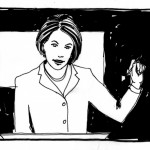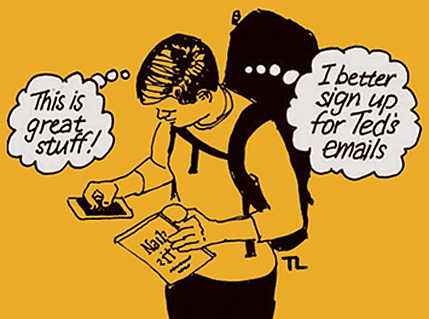Empowering Your Expertise: The Right Way to Talk about Success

Taylor sat in her conference room looking at a display of her firm’s work. As she told me, “I was thinking how beautiful our work is. And how I loved having the packages photographed like the heroes they are.
“These packages made millions, often billions, of dollars for our clients. And yet, here we are again: in a competitive pitch for a new piece of business in a category where we repeatedly succeed. What’s this about? Why don’t they get it?”
Taylor’s dilemma is common to many designers at all levels. While Taylor showcased the “heroes,” her presentation didn’t make it clear how her firm made those packages into heroes. She needed to show precisely how her expertise helped her clients reach their goals.
Clients make the assumption that the reason that people pick their product off the shelf is because the product is so good. Or, because of its position on the shelf, price point, massive ad expenditures, brand awareness, word of mouth, or even the clinics that said it would sell.
Sure, they acknowledge the package plays an important role, but they think it’s just one of many important factors in a product’s success. And they use this reasoning to exert price pressure. How painful.
But Taylor had results that clearly showed how much her work contributed to her successes. She had the opportunity to eliminate the price pressure, and set the bar higher in negotiations, by re-framing her firm’s success stories and highlighting her role.
Taylor and I sat down to talk about how she could do a better job of telling her story. We found that she had three very different types of successes:
First, there were new packages for existing products that had resulted in significant sales increases. Growth without any change to the actual product and without an increase in the ad budget. The only change was the package itself and perhaps the ads announcing new ease of use.
Second, there were existing products repurposed for an entirely new group who had not used the product before. For instance, a do-it- yourself product used by men was redesigned for women. The insights and the new design all came from Taylor’s firm and resulted in notable sales increases.
Third, was an entirely category that used an existing product in a new configuration, a category that had not existed before. Again, the insights all came from Taylor’s team and their highly refined expertise.
Many of these successes had been released and reported in the media by the companies themselves because they contributed significantly to their financial success and their increase in stock price.
Each of Taylor’s new stories begins with a concrete achievement: “The redesigned ABC package resulted in a XX% market share increase and an additional $XXX million in sales, as reported by the company…”
Or, “An estimated XX million women purchased our newly configured do-it-yourself Z Line in US hardware stores in 2011. This is a whole new market for the company, one we believe has even greater potential…”
In each case, we followed the results statement with a very personal story describing how Taylor’s team and the client team searched for and uncovered the opportunity. We included many asides and anecdotal observations about the journey of discovery that led to the result, a process that could only be guided by the highly refined skills and insights resulting from Taylor’s years of observing, designing, and launching consumer products.
“When we began the engagement we had no idea that we could make such an impact with simply a change in graphics and configuration. We started to suspect we’d hit gold when we began to review the results of the discovery process and compare them to…”
We also were sure to include mentions of career growth and opportunities for members of the client team: “The sales growth resulted in our client team leader moving into a director level position in innovation, which he’d long wanted.”
The new success stories recounted in step-by-step detail how the teams worked together to achieve personal, professional, and corporate goals. Better yet, they strongly reinforced Taylor and her team’s expertise by showing how her thought process and beautifully crafted work delivered quantifiable results to her clients, and her firm.
In conversation the other day after a particularly important presentation, which she won, Taylor said, “the nodding, knowing smiles, questions and comments I get during presentations now are miles beyond where we were six months ago. They get it now.”
The value of Taylor’s expertise is vastly clearer. Presentations are more fun and she’s winning more consistently. The next time you prepare for a pitch, competition, presentation, or even a job interview, remember: frame your accomplishments in a way that highlights how your expertise made those successes possible.
This post originally appeared at TalentZoo.


